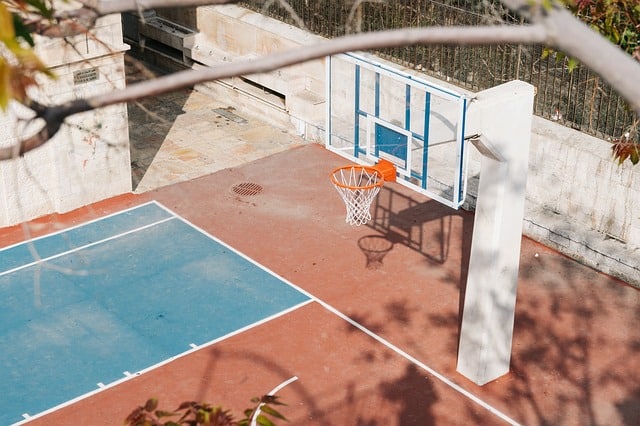
The profession of the muleteer dates back several centuries.
A muleteer is an individual who is in charge of herding pack animals . This is someone dedicated to the transfer of goods using animal traction .
Regional differences
In Spain , the muleteer is also known as trajinero , mulero , carter or acemilero . The muleteers drive or guide a train : that is, a group of beasts of burden .
The clothing and utensils or elements used by the muleteers vary according to the region. In South America , for example, the muleteer usually wears a hat, poncho and espadrilles. As for equipment, it is common for them to have blankets to cover the animals ' backs and leashes.
Origin of the muleteer profession
The verb herd , which should not be confused with arriar , refers to "stimulating animals to start walking or to do so more quickly." It is believed that the interjection "arre" arose from there, which is used in this context to give the order. Its relationship with the verb trajinar dates back to the men who carried out these tasks in Valencia, Catalonia and other parts of Spain: the carters and the trajineros.
In Castile, on the other hand, this same trade was linked to the esparteros since the beginning of the 18th century , and also with the cabañiles and the shepherds. The study of these traditions led to the conclusion that the profession of mule driver emerged in the Iberian Peninsula in relation to that of wheelwrighting and mule making. Independently of the potential antecedents throughout Roman Hispania and the occupation by the Muslims, there are documents from the last stage of the Middle Ages that prove the existence of the arrería.
as a bird name
Different birds are also called arriero or harriero . The dictionary of the Royal Spanish Academy ( RAE ) specifically refers to a grayish and brown bird that is part of the order of cuculiform birds and is common in Cuban territory.
The Puerto Rican muleteer , meanwhile, is a species also known as the Puerto Rican lizard cuckoo , endemic to Puerto Rico . The Jamaican cuckoo or Jamaican lizard cuckoo , for its part, is endemic to Jamaica .
There are passerine birds, on the other hand, that are called muleteers. That is the case of the black-billed muleteer and the Antioqueño muleteer .
The basketball club
Arrieros de Antioquia , for the last one, is the name of a basketball ( basketball ) club from Colombia . Based in Medellín , this team competes in the Professional Basketball League and was able to count on figures such as the Colombian Stalin Ortiz and the Venezuelan Heissler Guillent on its roster.

In Colombia there is the Arrieros de Antioquia club
This club, whose covered stadium has a capacity of seven thousand seats , was founded in 1993. Its uniform combines two colors: green and white. His importance lies in the fact that he was one of the first to participate in the professional basketball field in his country. Furthermore, he knew how to dominate the first season, and later obtained other titles, such as 1996 and 2001. Until then, the name by which he was known was Paisas , since it was only in 2006 that he was renamed Arrieros. .
Also since 2006 it has the support of the Government of Antioquia and the private companies in its region. Four years later, the club won its fourth title, and it was then that the Iván de Bedout Coliseum, where it plays its home games, received a facelift to host the 2010 South American Games , also known as ODESUR Games , an event multi-sport event that is repeated every four years and in which the countries that make up the South American Sports Organization participate.
